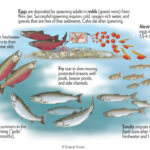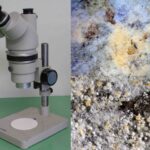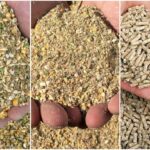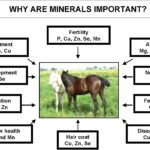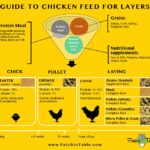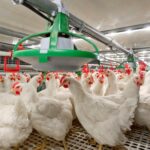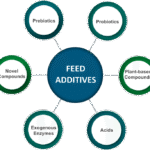Antennae
Antennae are sensory organs found in arthropods, such as insects, crustaceans, and some myriapods. They play a critical role in sensing the environment and are used for detecting touch, smell, taste, vibration, and even humidity or temperature. Antennae are typically paired and located on the head of the organism. Structure of Antennae Segments: Antennae are…

